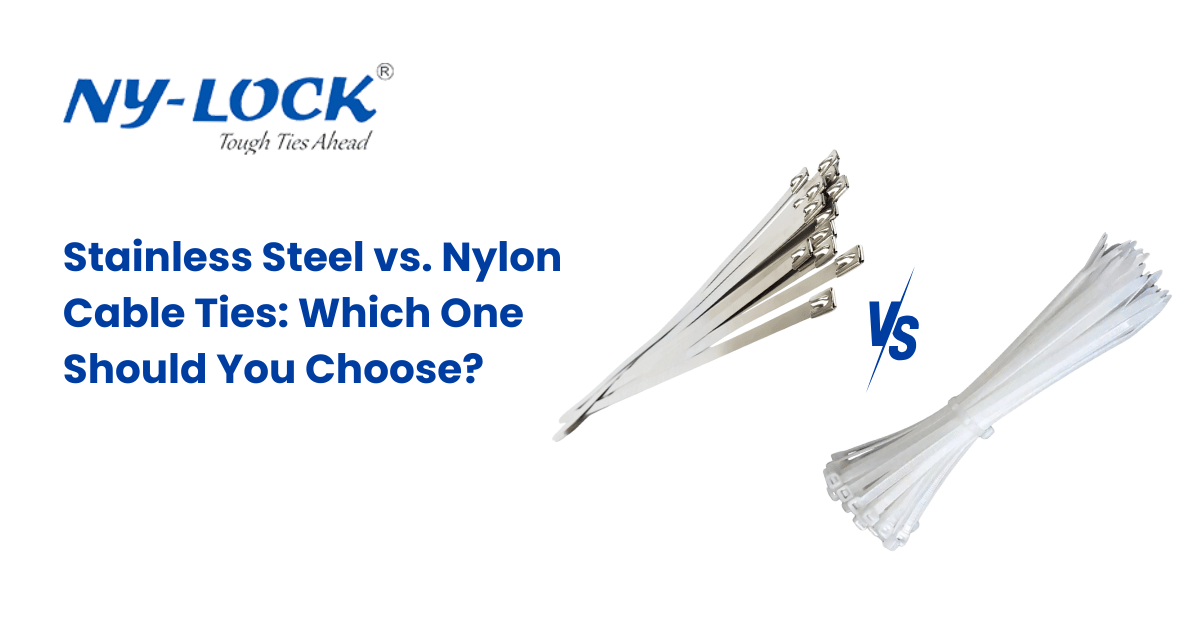Cable ties can seem like simple products, but they literally and figuratively do a lot of heavy lifting. Whether sorting out cables back home, cable systems for your office, or cable bundling for industrial use, making the right decision makes all the difference. Two of the most sought options are Nylon cable tie options and stainless steel cable ties. Both of these get the job done, but they each have their own benefits, along with uses. Let’s present the difference between the two for easy understanding and easy application.
Key Differences in Stainless Steel and Nylon Cable Ties
How Strong Does It Have to Be?
If you’re working with heavy-duty loads or securing something in an unforgiving environment, heavier-duty stainless steel cable ties are the stronger option. They can handle way more poundage than plastic. Yet still, however, not everyone needs that kind of muscle. For general applications, such as keeping computer cables neatly tied or packaging smaller items, a nylon cable tie is ample. It has decent strength for the usual jobs without being overkill.
How About Durability?
Durability is condition-specific. There’s no contest: stainless steel excels under harsh conditions. It better resists heat, rust, and sunlight than most. Where giving is your main concern, however, nylon ties are first. They’re ideal where give is needed, and they can endure daily wear and abrasion pretty nicely. A nylon cable tie won’t easily break or snap, either when used indoors or under moderate outdoor conditions.
Ease of Installation and Use
That is where nylon succeeds. It is stretchy, easy to apply, and easy to tighten—you don’t require special gear. Stainless-steel ties would take more effort or an instrument to fasten. They are very secure when they are on, but less convenient to apply.
The Cost Factor
If your finances are limited, nylon is the option. It is more cost-effective and suitable for applications where the situation is not critical. Stainless steel ties are expensive, but you have what you pay for: their power and lasting nature. For critical or high-risk applications, however, that extra dollar or so can save you money in the long run.
Environmental Factors
Stainless steel is recyclable and reusable, but it takes more energy to manufacture. Nylon ties are of plastic construction and usually single-use, but they have smaller production footprints. It is all about achieving usability versus green responsibility balance.
Final Thoughts
You need stainless steel for harsh environments and heavier applications. For your day-to-day use, where flexibility and convenience are most relevant, opt for a nylon cable tie.

